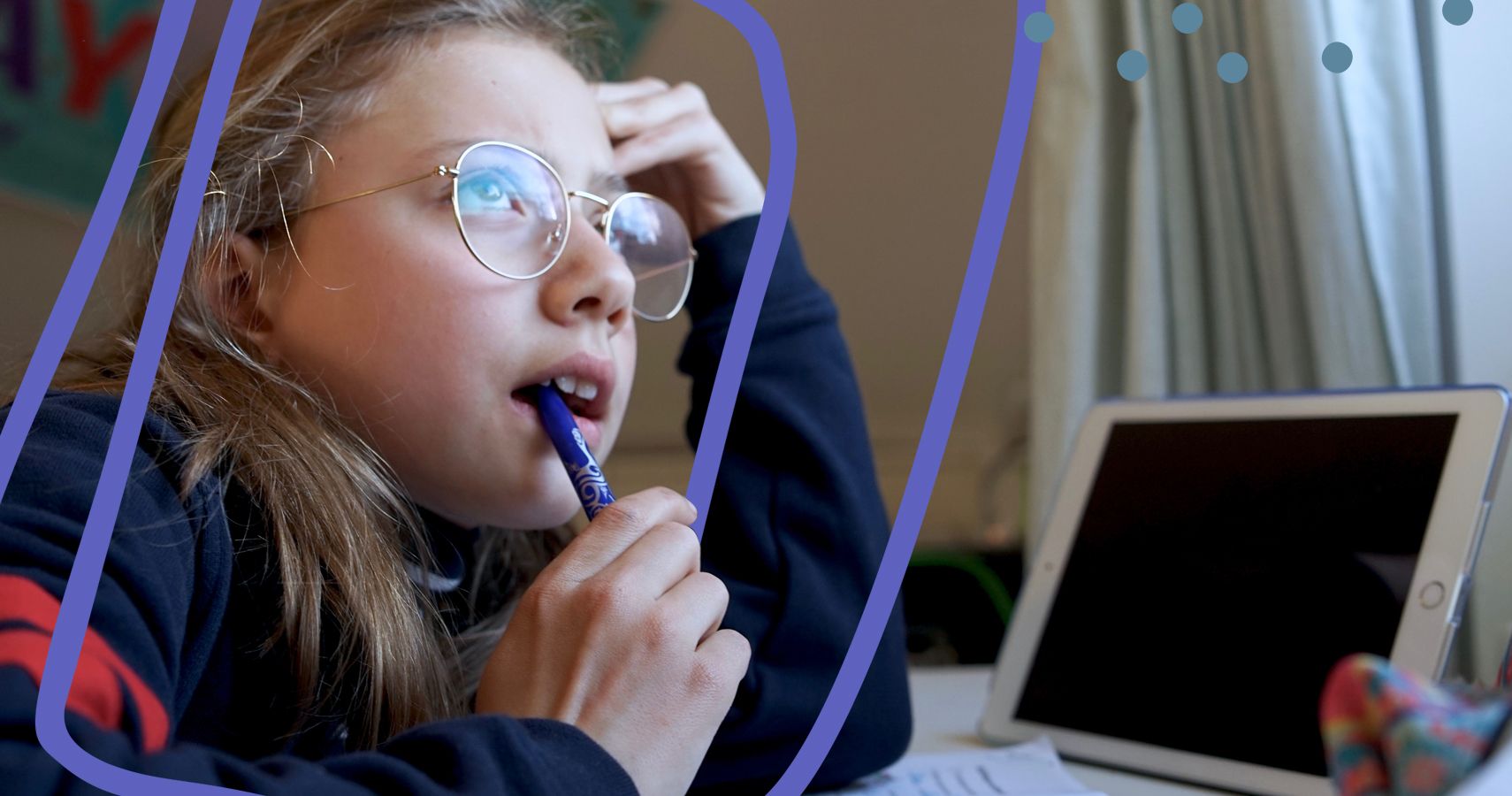One of the most common things about young infants and toddlers is that every single thing goes in their mouth. If they get their little hands on it, it is going to go straight into their mouth. This is a normal part of child development, because babies learn about the world around them by putting objects in their mouths. While this is normal, it can be worrisome for mom and puts a large emphasis on making sure the house is baby-proofed, so the little one cannot get their hands on anything that could potentially be dangerous.
We know this is for a little while until they age and grow out of this stage, but it never seems to end. For some parents, it never does end because as their child grows, they continue to put things in their mouth. When a child has reached the preschool/kindergarten age and is still putting non-food items in their mouths, it can be a little concerning. Mom wants to know why they are doing it, and what can be done to stop it.
Biting Inanimate Objects Can Mean Stress/Anxiety
According to ARK Therapeutic, the main reason older children chew on objects is because of stress or anxiety. The act of chewing provides a very calming movement of the jaw which can help calm them down. It could be seen as a way of self-regulating their emotions. This idea is similar to adults who have a habit of chewing their nails or pacing when they are nervous and anxious. Since they are still closer to the age of an infant than an adult, it is often a reminder of the soothing skills they used as a baby. It is so easy to use this as a reflex because there is always something around for them to chew on, even if the item is not safe or tastes horrible.
Sensory Needs May Be "Asking" For Something Calming
Another common reason why an older child may chew on objects is due to a sensory processing disorder (SPD). Those with SPD view the world differently, and it can be overwhelming; so they calm their senses down by chewing on objects around them. “Stimming” is another common reason, and the word is short for self-stimulation. It is typically done by children with SPD when they need a way to manage all of the signals their bodies are getting.
Oral Awareness
Oral awareness may not be a concept that many people have heard of, but there are children out there who have “oral hyposensitivity.” What this means is that they have very limited (and possibly no) sensation in their mouths. If one of our senses does not work to its highest capacity, one can overcompensate to try and bring feelings. If your fingers don’t feel things the way they should, you may press harder or hold different objects with more tactile impressions. It is the same with the mouth. They are looking for more of an “oral feedback;” so, they are going to start putting everything in their mouth to see how it feels.
What Can Mom Do If Her Child Is Chewing On Objects?
There are children who do grow out of this, but it is not wrong to be concerned about it. According to Ped Surgical, constantly chewing on objects can impact dental health and be damaging. Probably the best thing mom can do is speak to her child’s healthcare provider, because the best solution may only appear once you can figure out what exactly is causing your child to chew on inanimate objects.
Sources: PedSurgical, ARKTherapeutic

